 Loading...
Loading...

RAF1
 Loading...
Loading...Anti-RAF1 Recombinant Antibody Products
- Mouse Anti-NHP RAF1 Recombinant Antibody (clone 4G4) (VS-1024-XY138)
-
- Species Reactivity: Human, Non-human primate, Rat
- Type: Mouse IgG1
- Application: WB, IHC, FC, ELISA
-
- Derivation: Phage display library screening
- Species Reactivity: Human
- Type: IgG
- Application: IP, IHC-P, ICC/IF, WB
- Chicken Anti-c-Raf Polyclonal IgY (BRD-0796MZ)
-
- Species Reactivity: Human, Mouse, Rat
- Type: Chicken antibody
- Application: ICC, IF, IHC, WB
Can't find the products you're looking for? Try to filter in the left sidebar.Filter By Tag
Our customer service representatives are available 24 hours a day, from Monday to Sunday. Contact Us
For Research Use Only. Not For Clinical Use.
Cancer-related genes, Disease related genes, Enzymes, FDA approved drug targets, Human disease related genes, Metabolic proteins, RAS pathway related proteins
Intracellular
Low cell type specificity
Immune cell enhanced (neutrophil)
Low cell line specificity
Monomer. Homodimer. Heterodimerizes with BRAF and this heterodimer possesses a highly increased kinase activity compared to the respective homodimers or monomers (PubMed:16508002). Heterodimerization is mitogen-regulated and enhanced by 14-3-3 proteins (PubMed:16508002). MAPK1/ERK2 activation can induce a negative feedback that promotes the dissociation of the heterodimer (PubMed:16508002). Forms a multiprotein complex with Ras (M-Ras/MRAS), SHOC2 and protein phosphatase 1 (PPP1CA, PPP1CB and PPP1CC) (PubMed:16630891). Interacts with LZTR1 (PubMed:30368668). Interacts with Ras proteins; the interaction is antagonized by RIN1 (PubMed:11784866). Weakly interacts with RIT1. Interacts (via N-terminus) with RGS14 (via RBD domains); the interaction mediates the formation of a ternary complex with BRAF, a ternary complex inhibited by GNAI1 (By similarity). Probably forms a complex composed of chaperones HSP90 and HSP70, co-chaperones CDC37, PPP5C, TSC1 and client protein TSC2, CDK4, AKT, RAF1 and NR3C1; this complex does not contain co-chaperones STIP1/HOP and PTGES3/p23 (PubMed:29127155). Interacts with STK3/MST2; the interaction inhibits its pro-apoptotic activity (PubMed:15618521). Interacts (when phosphorylated at Ser-259) with YWHAZ (unphosphorylated at 'Thr-232') (PubMed:9360956, PubMed:31024343). Interacts with MAP2K1/MEK1 and MAP2K2/MEK2 (By similarity). Interacts with MAP3K5/ASF1 (via N-terminus) and this interaction inhibits the proapoptotic function of MAP3K5/ASK1 (PubMed:11427728). Interacts with PAK1 (via kinase domain) (PubMed:11733498). The phosphorylated form interacts with PIN1 (By similarity). The Ser-338 and Ser-339 phosphorylated form (by PAK1) interacts with BCL2 (PubMed:15849194). Interacts with PEBP1/RKIP and this interaction is enhanced if RAF1 is phosphorylated on residues Ser-338, Ser-339, Tyr-340 and Tyr-341 (PubMed:18294816). Interacts with ADCY2, ADCY5, ADCY6, DGKH, RCAN1/DSCR1, PPP1R12A, PKB/AKT1, PPP2CA, PPP2R1B, SPRY2, SPRY4, CNKSR1/CNK1, KSR2 and PHB/prohibitin (PubMed:10801873, PubMed:11719507, PubMed:12717443, PubMed:15385642, PubMed:15935327, PubMed:19710016, PubMed:10576742). Interacts with ROCK2 (By similarity). In its active form, interacts with PRMT5 (PubMed:21917714). Interacts with FAM83B; displaces 14-3-3 proteins from RAF1 and activates RAF1 (PubMed:22886302). Interacts with PDE8A; the interaction promotes RAF1 activity (PubMed:23509299). Interacts with MFHAS1 (PubMed:23327923). Interacts with GLS (PubMed:22538822). Interacts with NEK10 and MAP2K1; the interaction is direct with NEK10 and required for ERK1/2-signaling pathway activation in response to UV irradiation (PubMed:20956560).
Kinase, Serine/threonine-protein kinase, Transferase


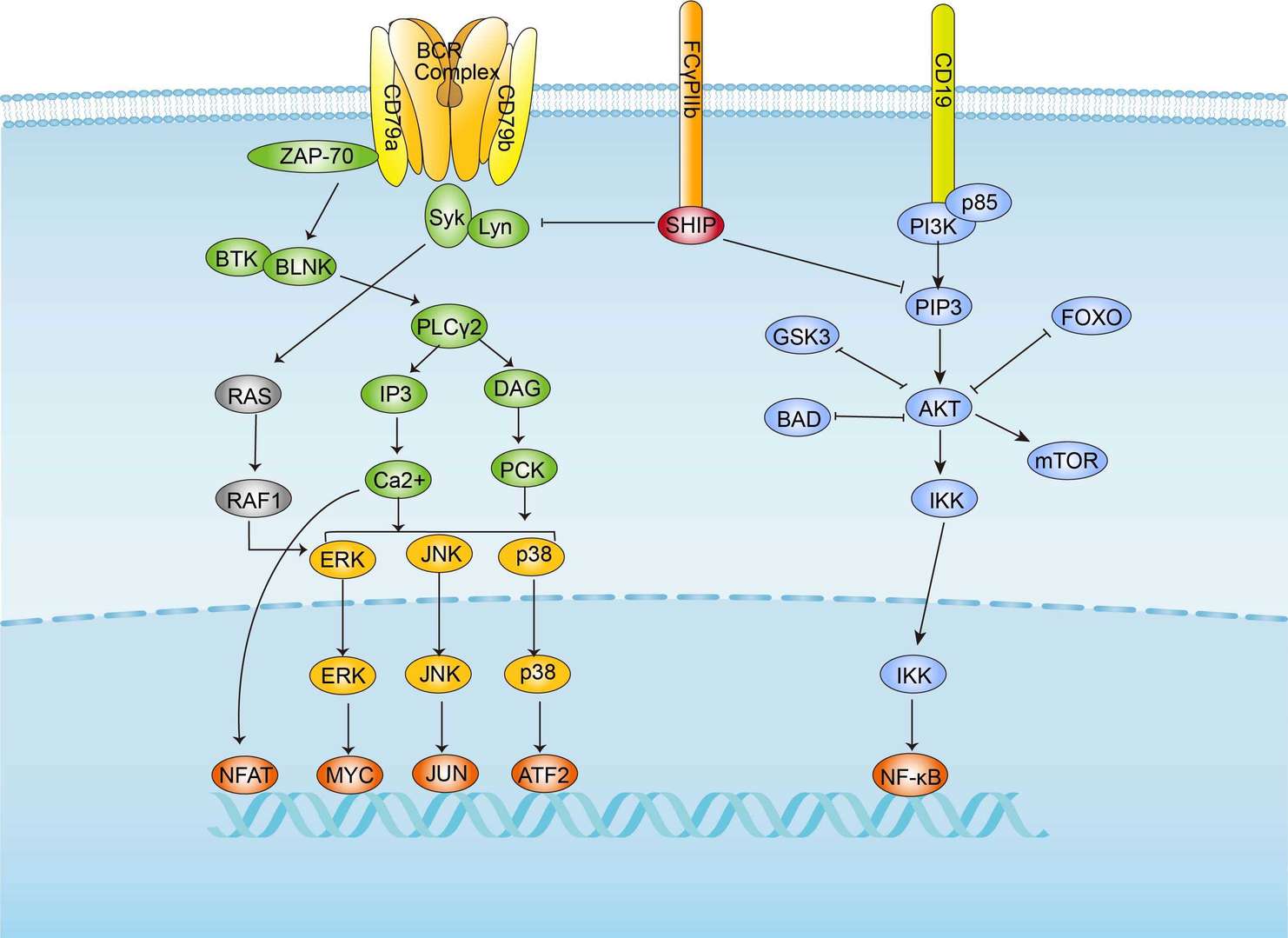 BCR Signaling Pathway
BCR Signaling Pathway
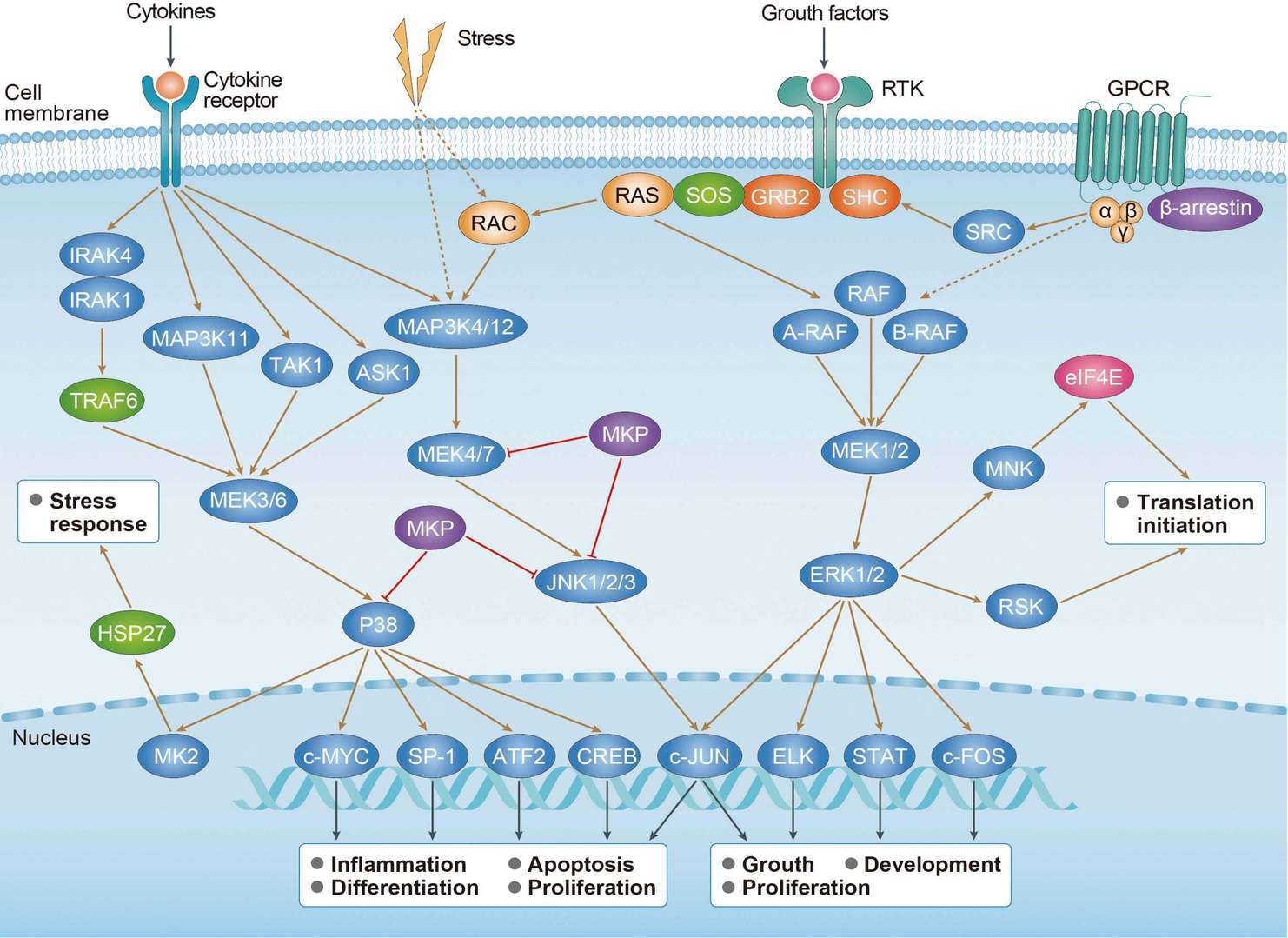 cAMP Signaling Pathway
cAMP Signaling Pathway
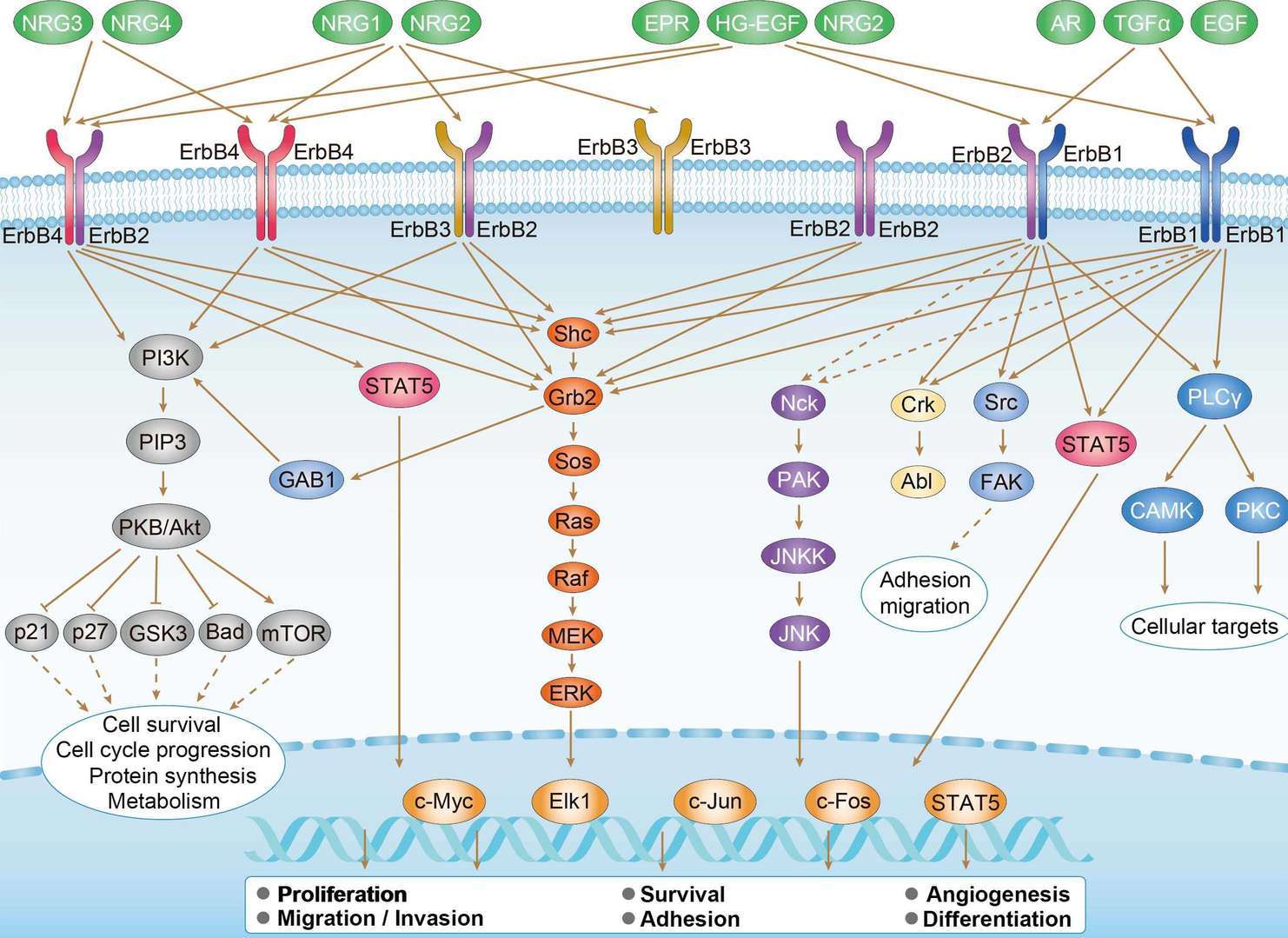 ErbB Signaling Pathway
ErbB Signaling Pathway
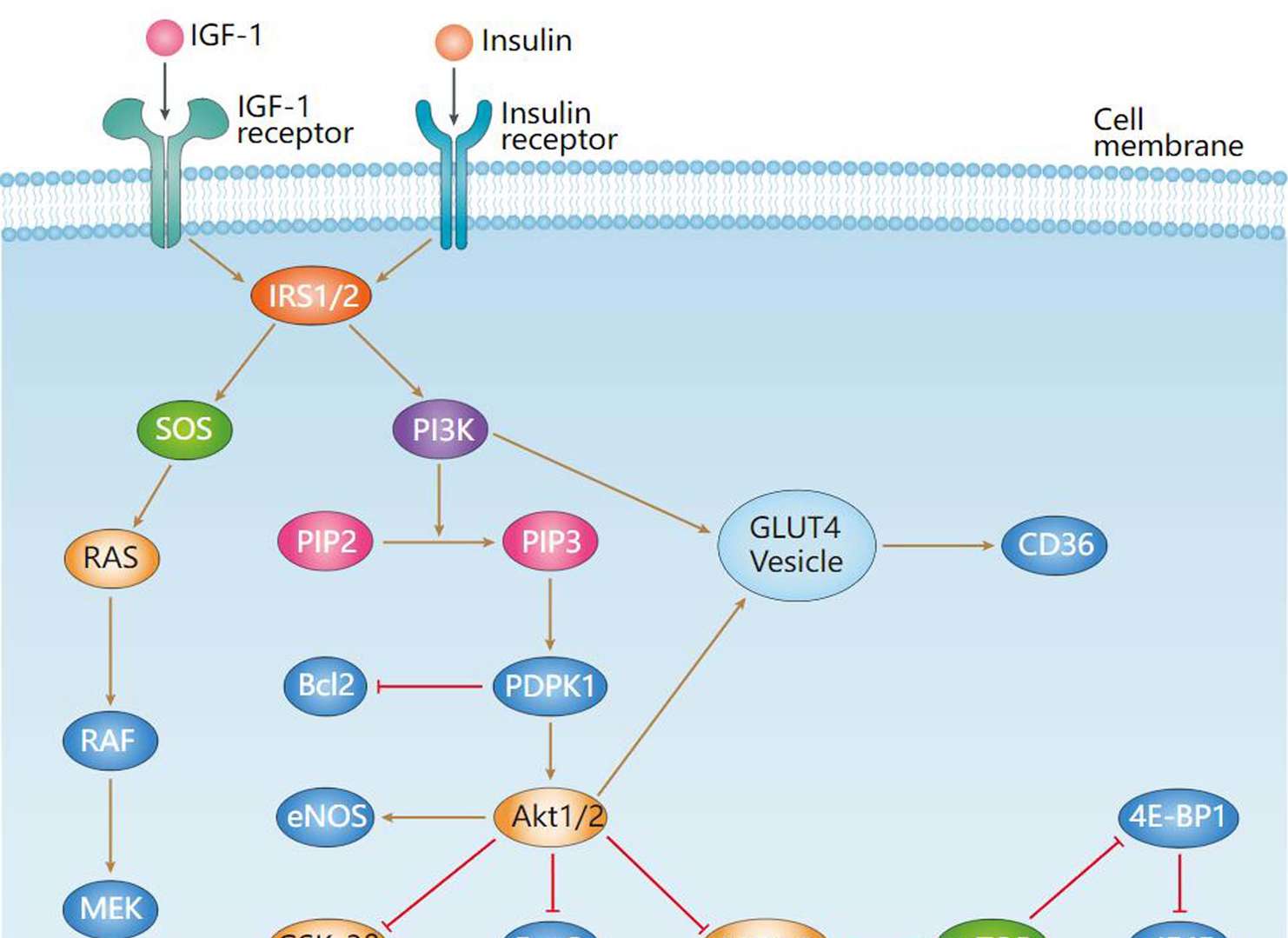 Insulin Signaling Pathway
Insulin Signaling Pathway
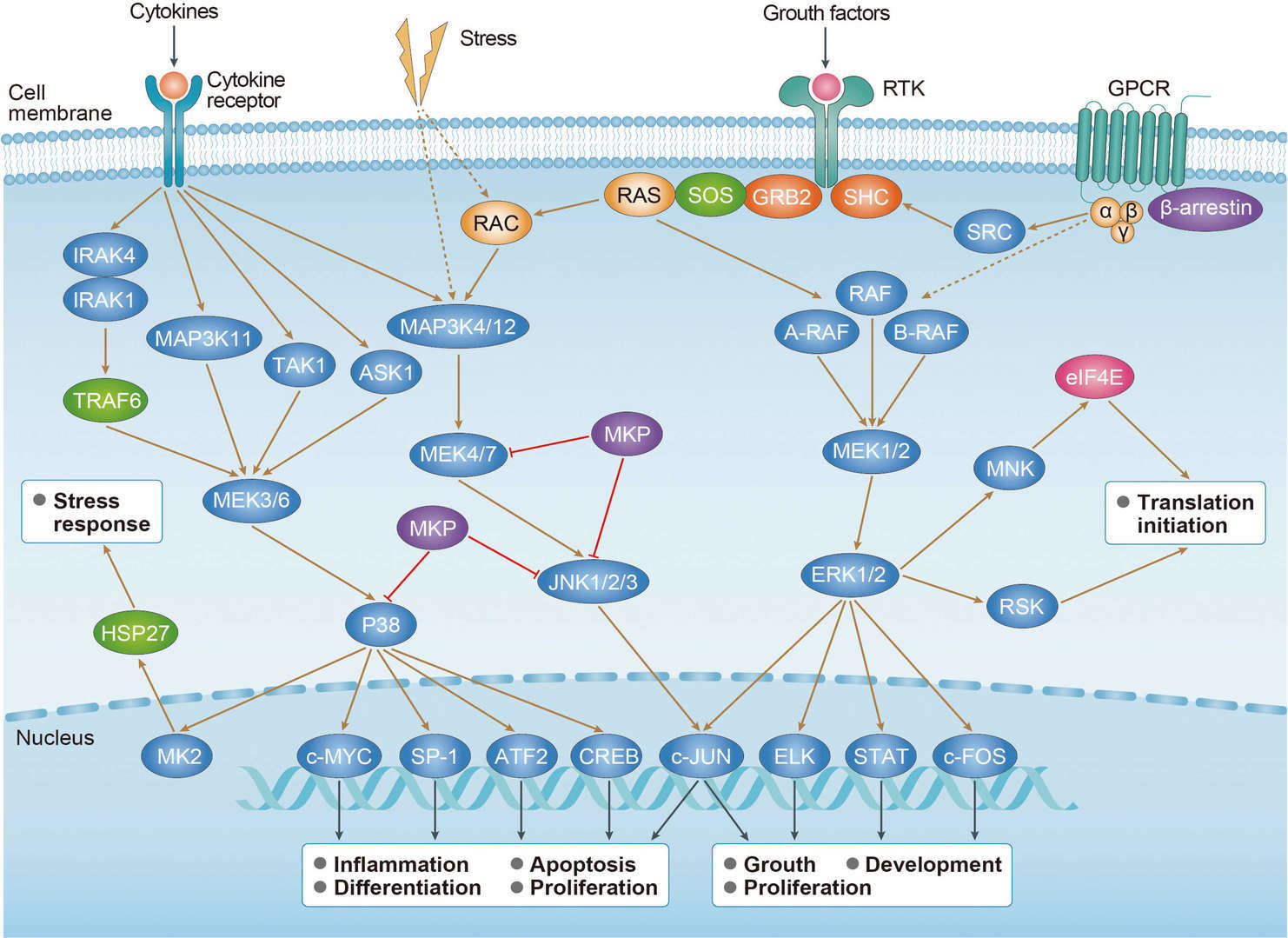 MAPK Signaling Pathway
MAPK Signaling Pathway
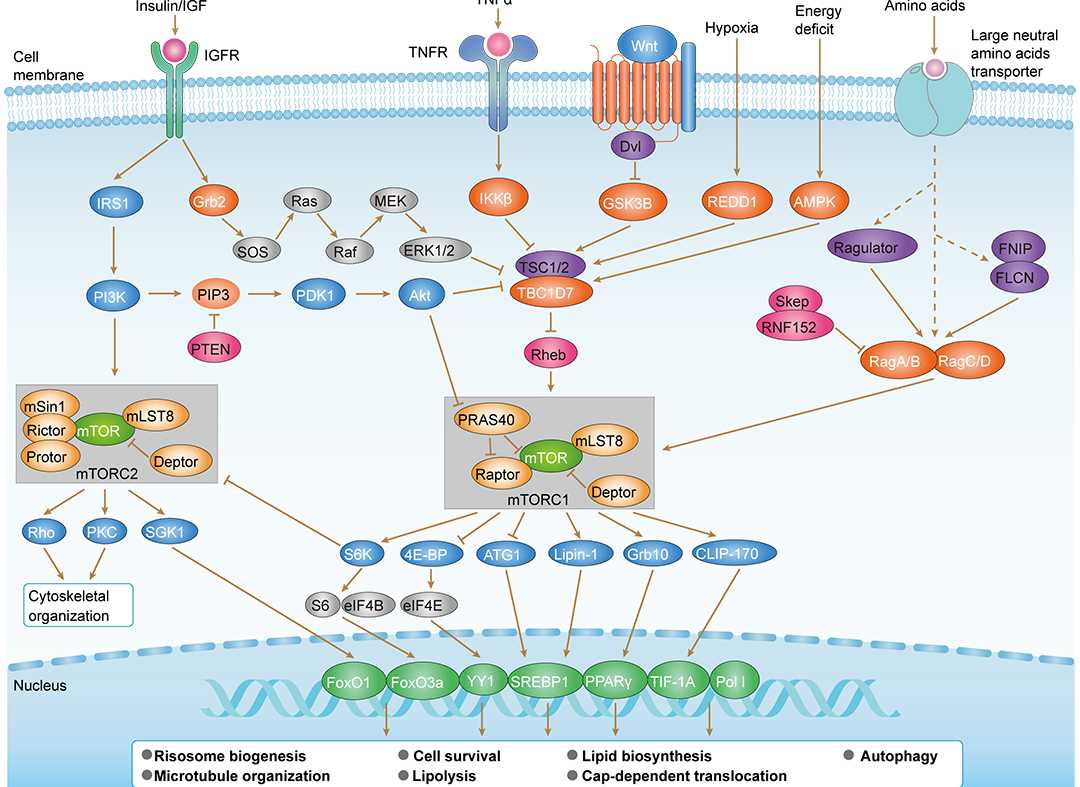 mTOR Signaling Pathway
mTOR Signaling Pathway
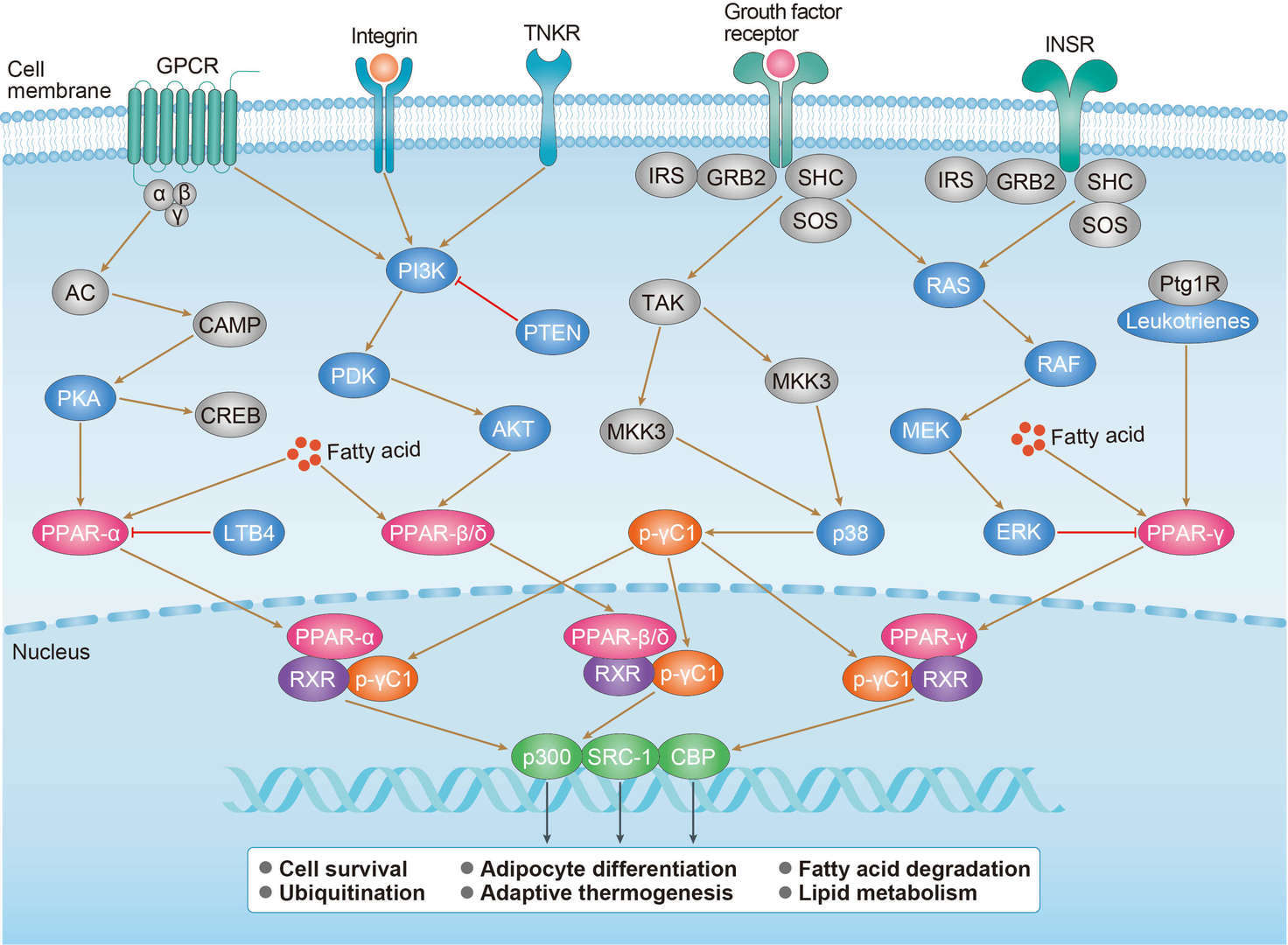 PPAR Signaling Pathway
PPAR Signaling Pathway
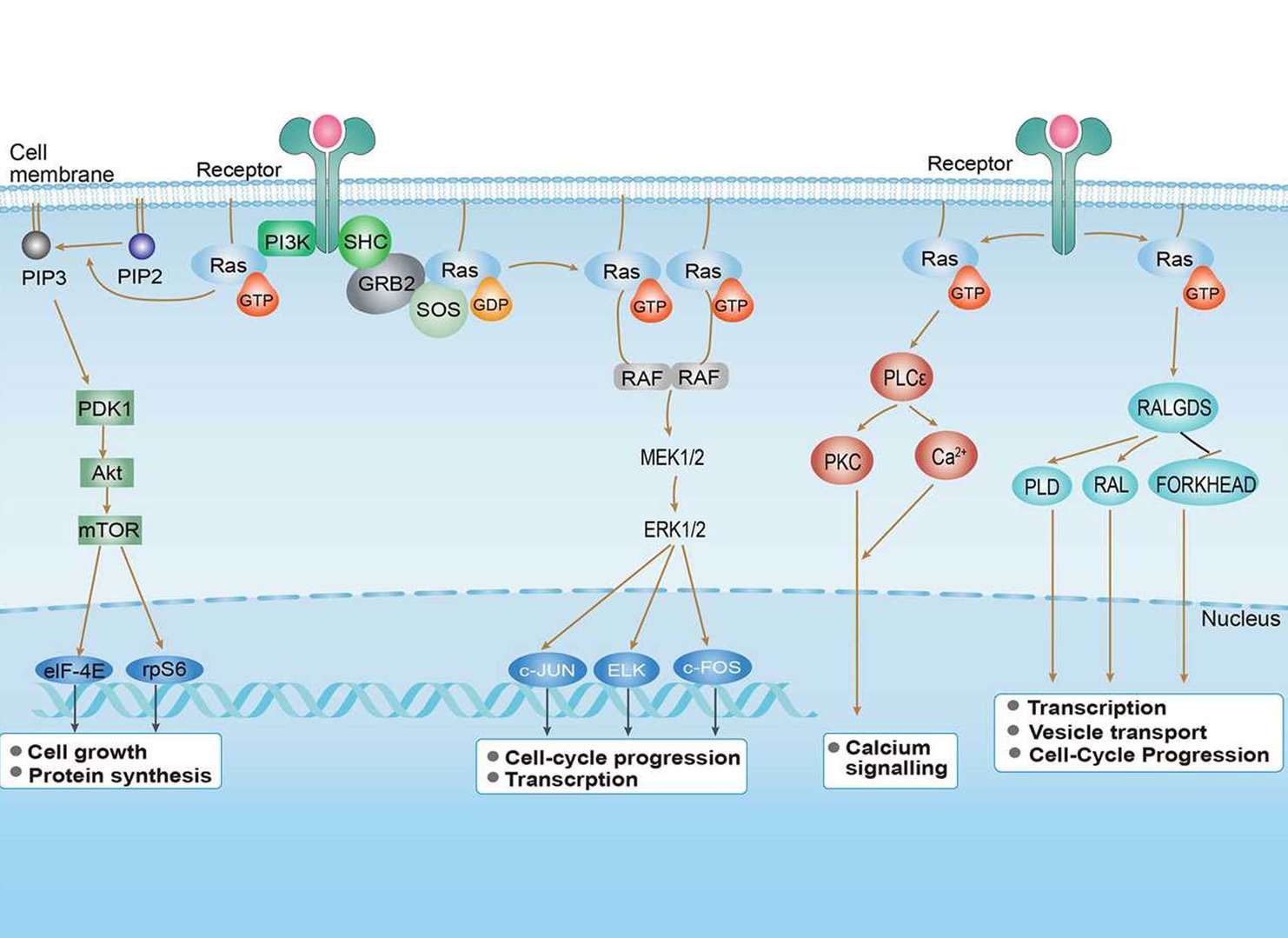 Ras Signaling Pathway
Ras Signaling Pathway
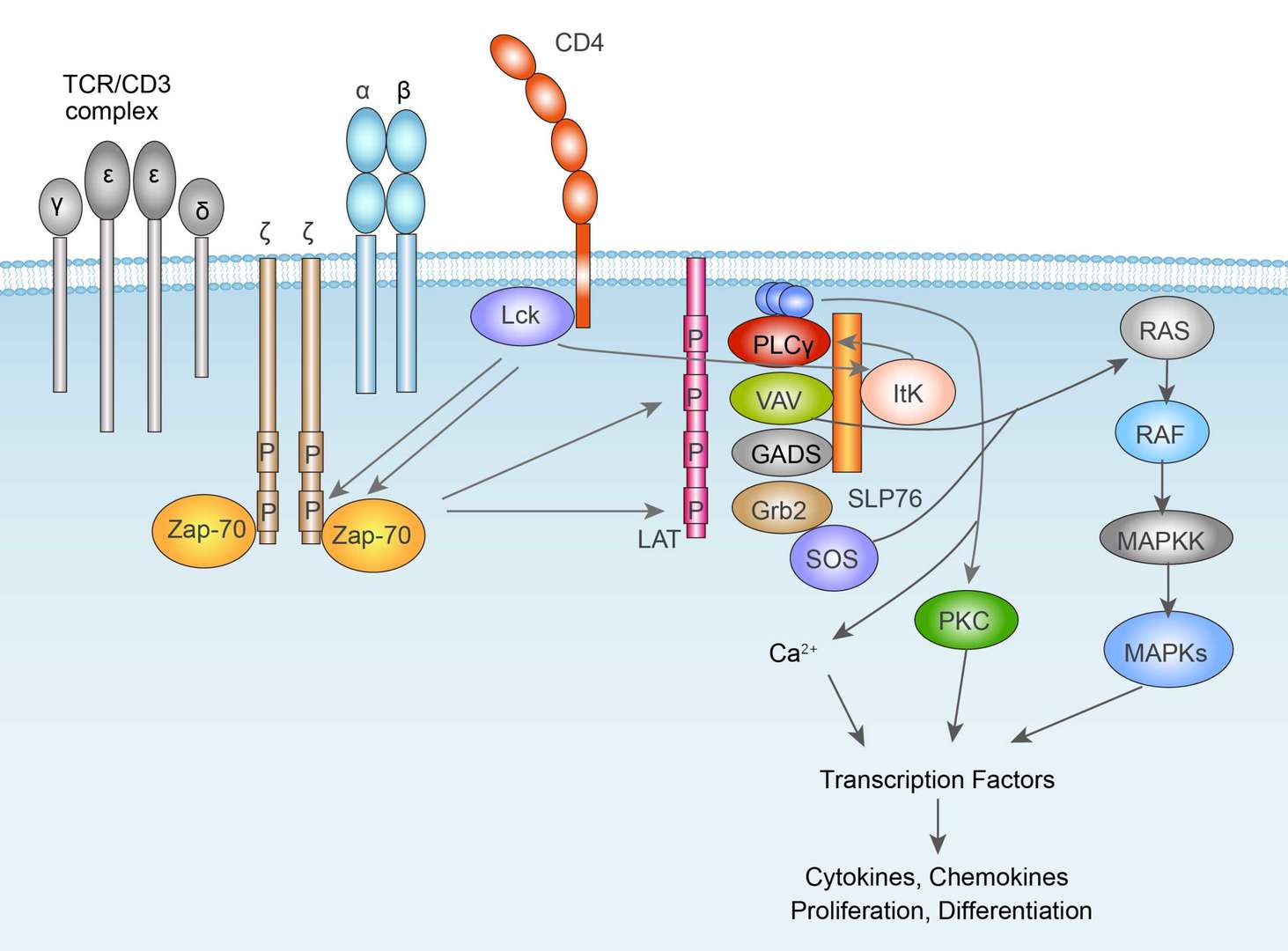 TCR Signaling Pathway
TCR Signaling Pathway
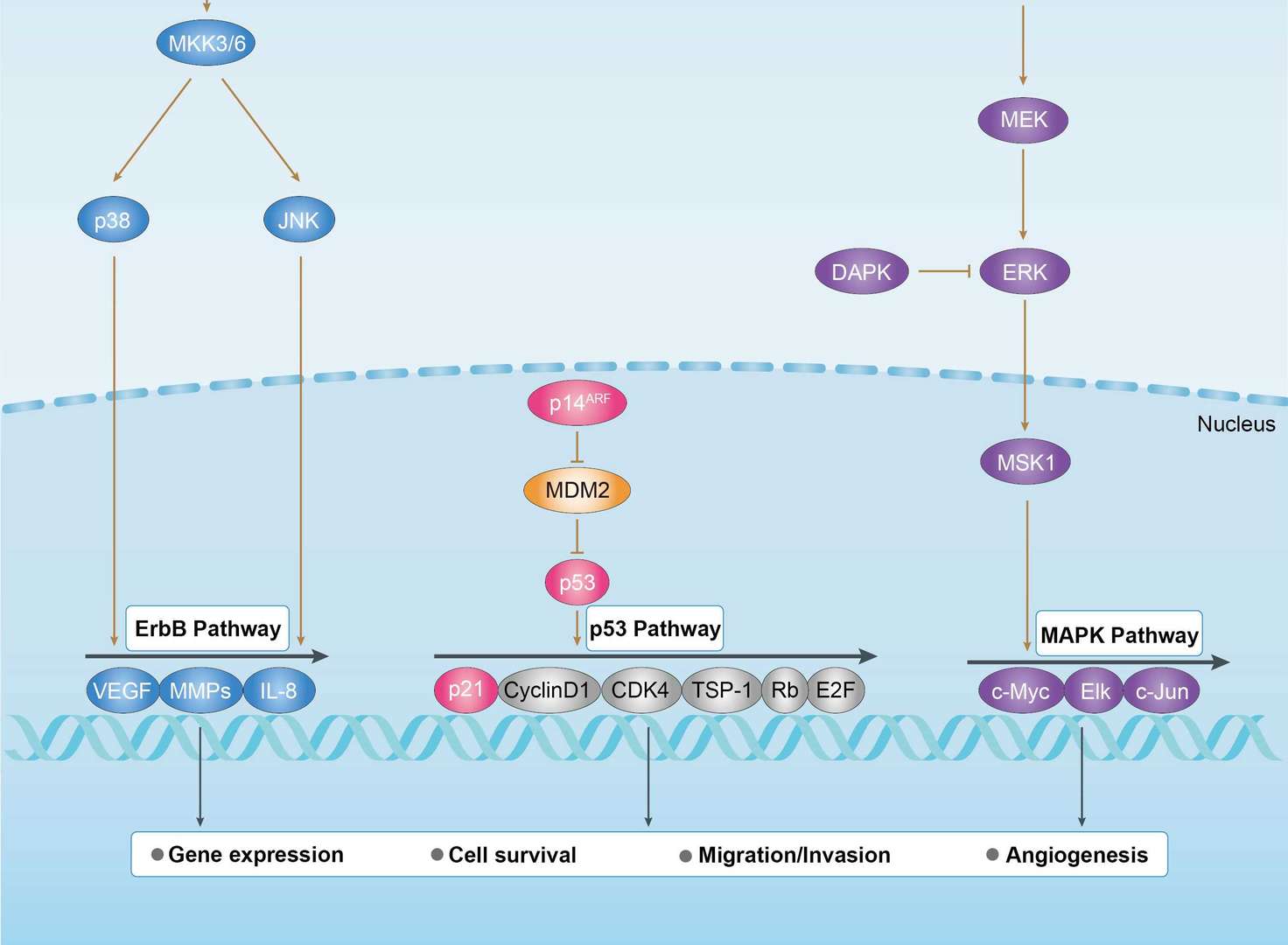 Bladder Cancer
Bladder Cancer
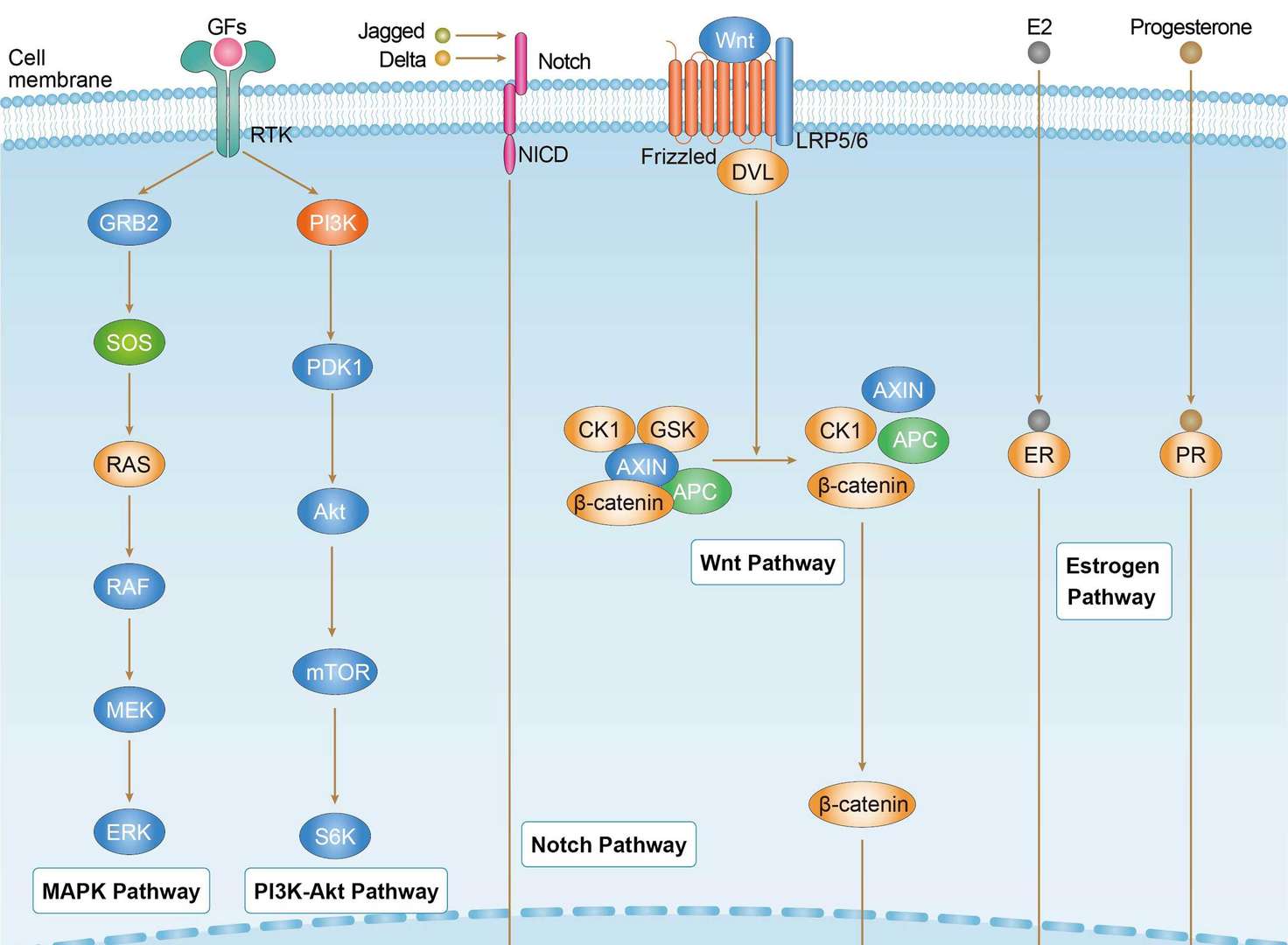 Breast Cancer
Breast Cancer
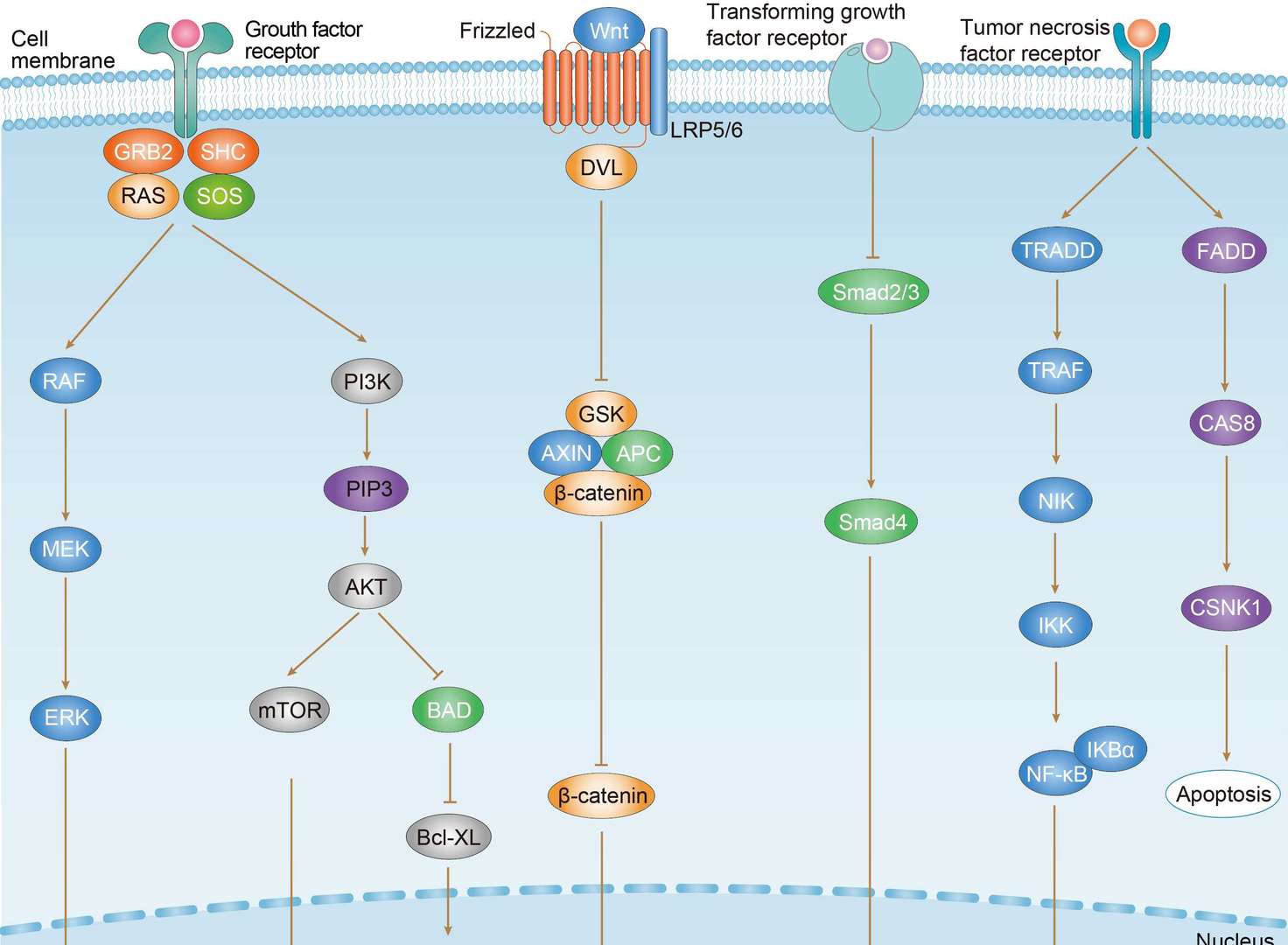 Colorectal Cancer
Colorectal Cancer
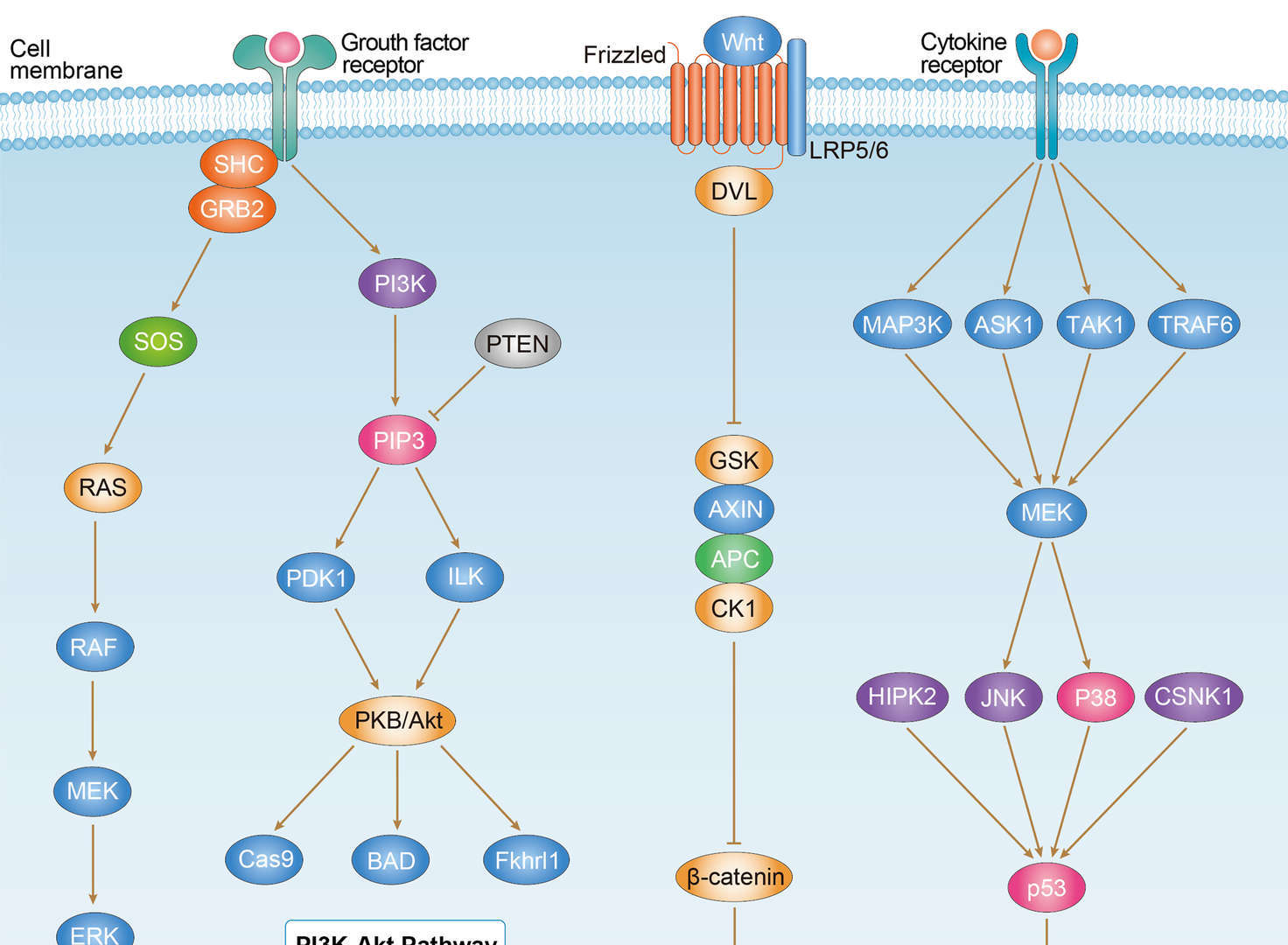 Endometrial Cancer
Endometrial Cancer
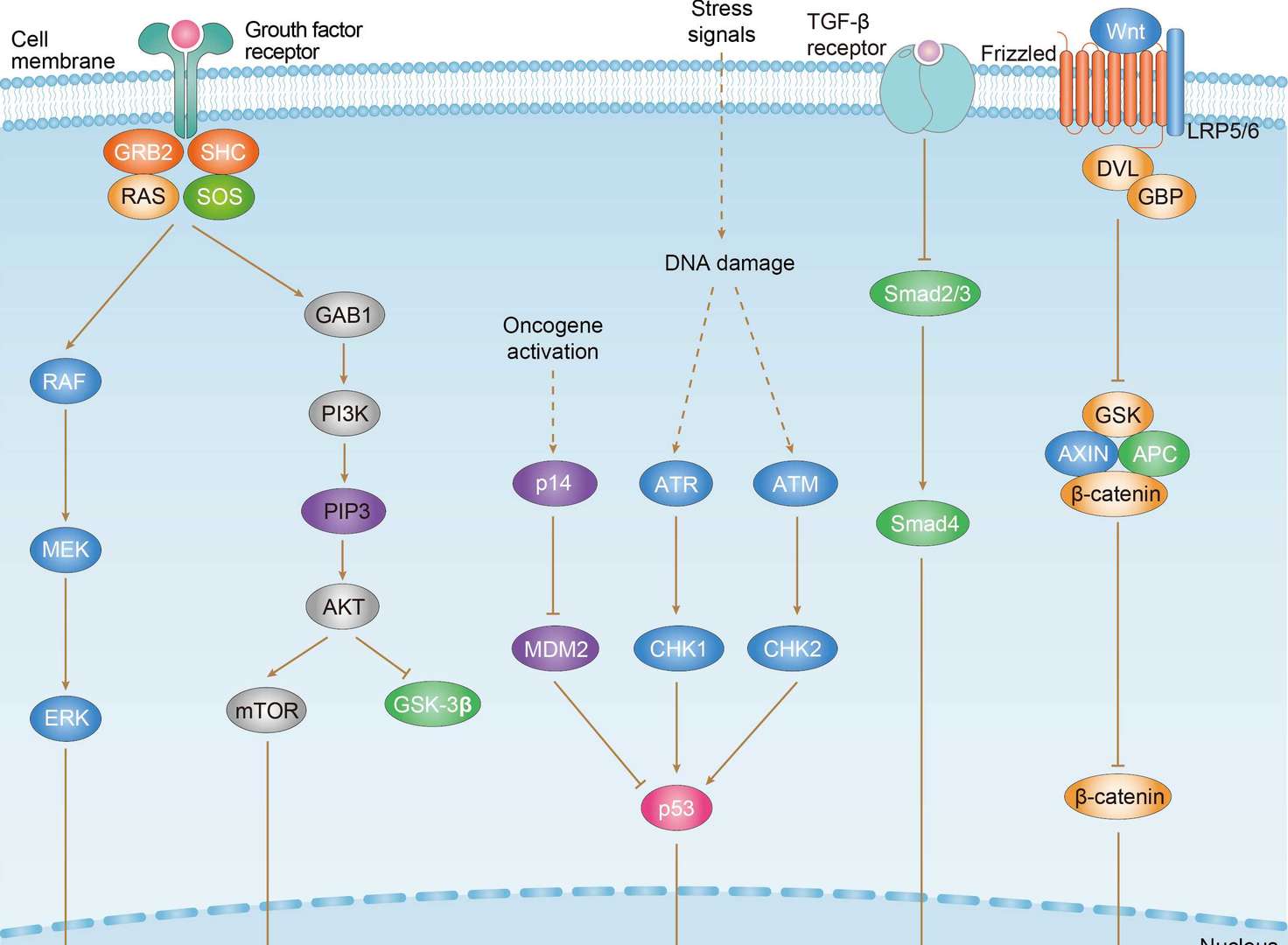 Gastric Cancer
Gastric Cancer
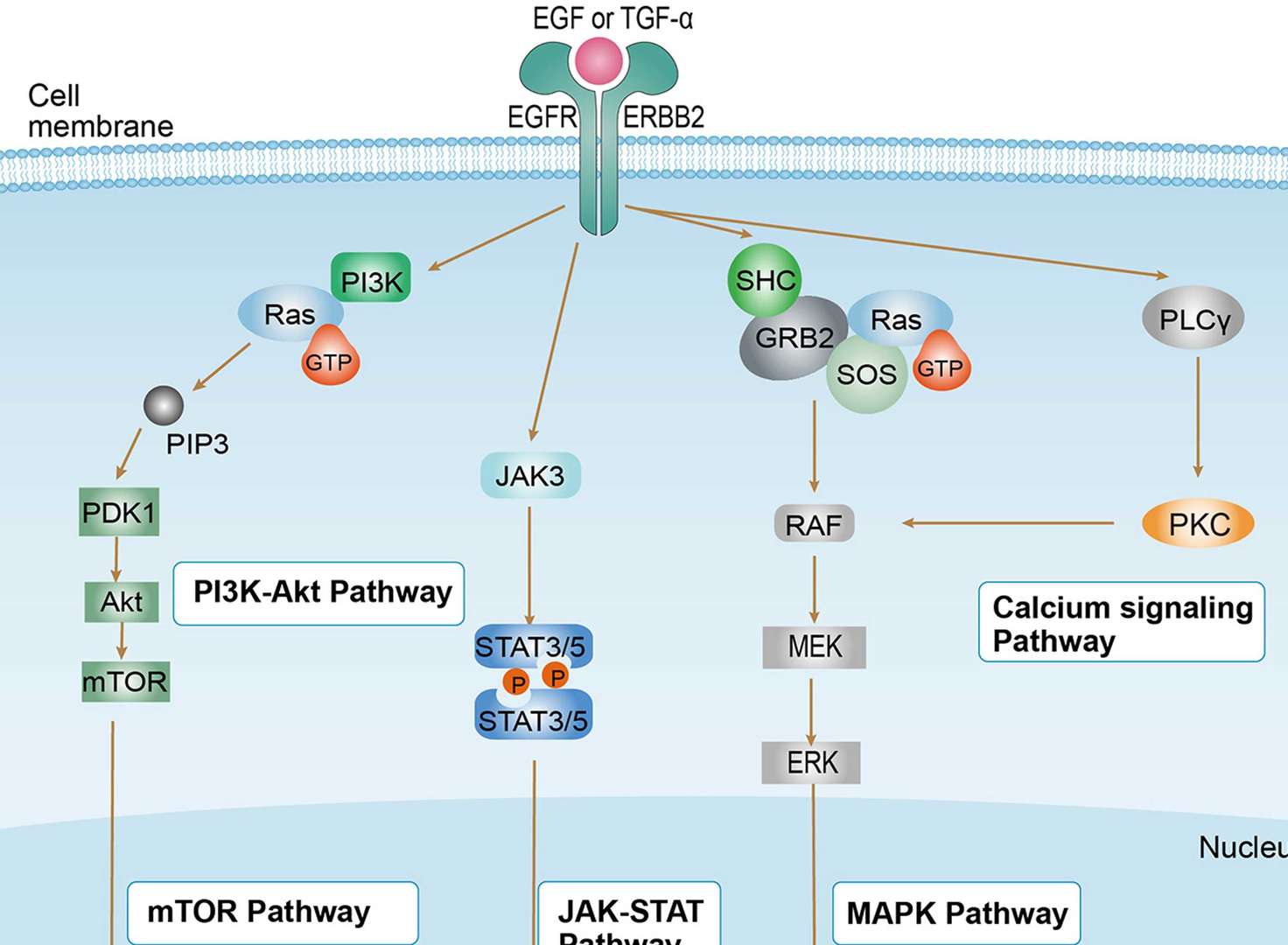 Non-small Cell Lung Cancer
Non-small Cell Lung Cancer
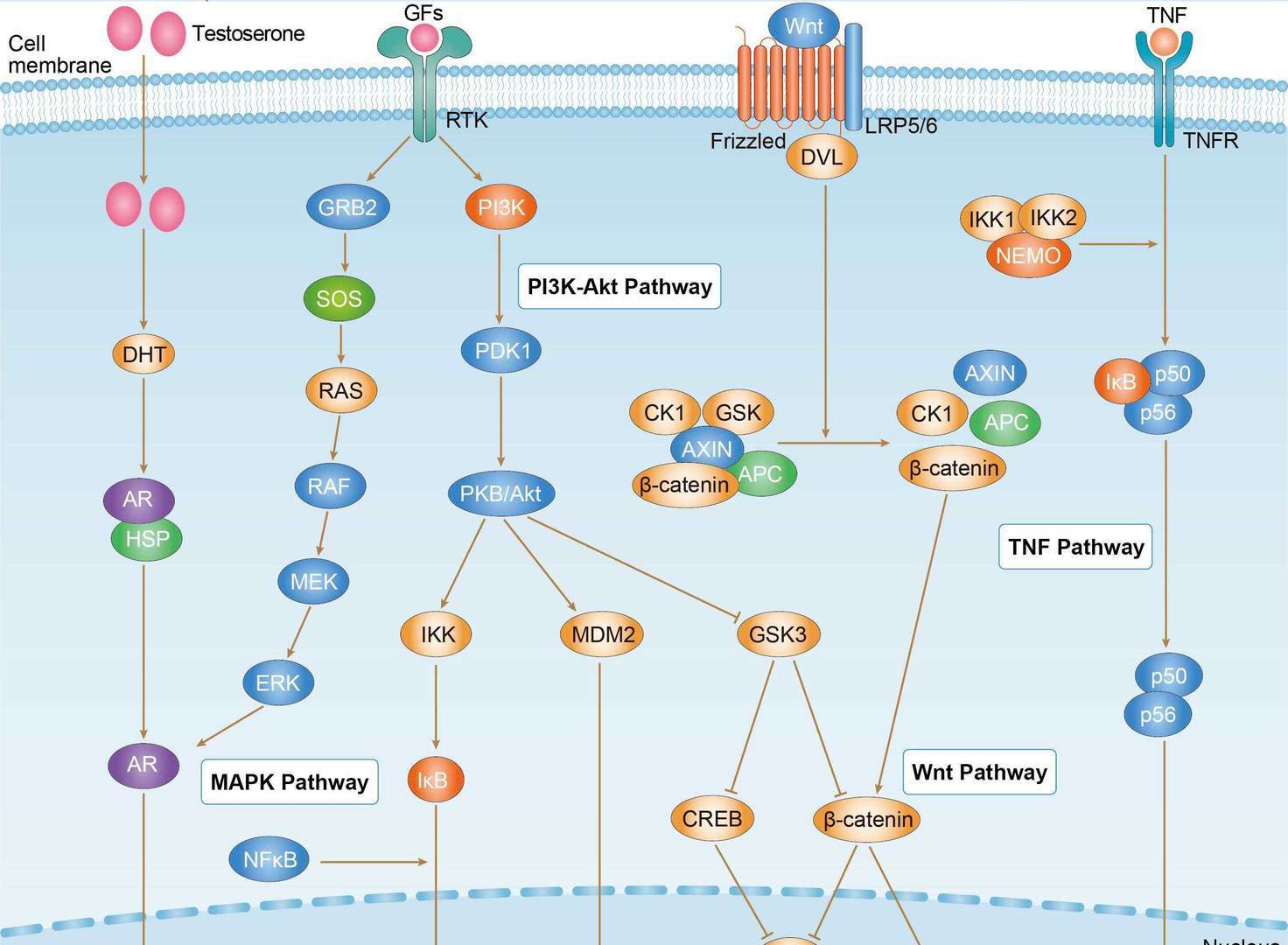 Prostate Cancer
Prostate Cancer
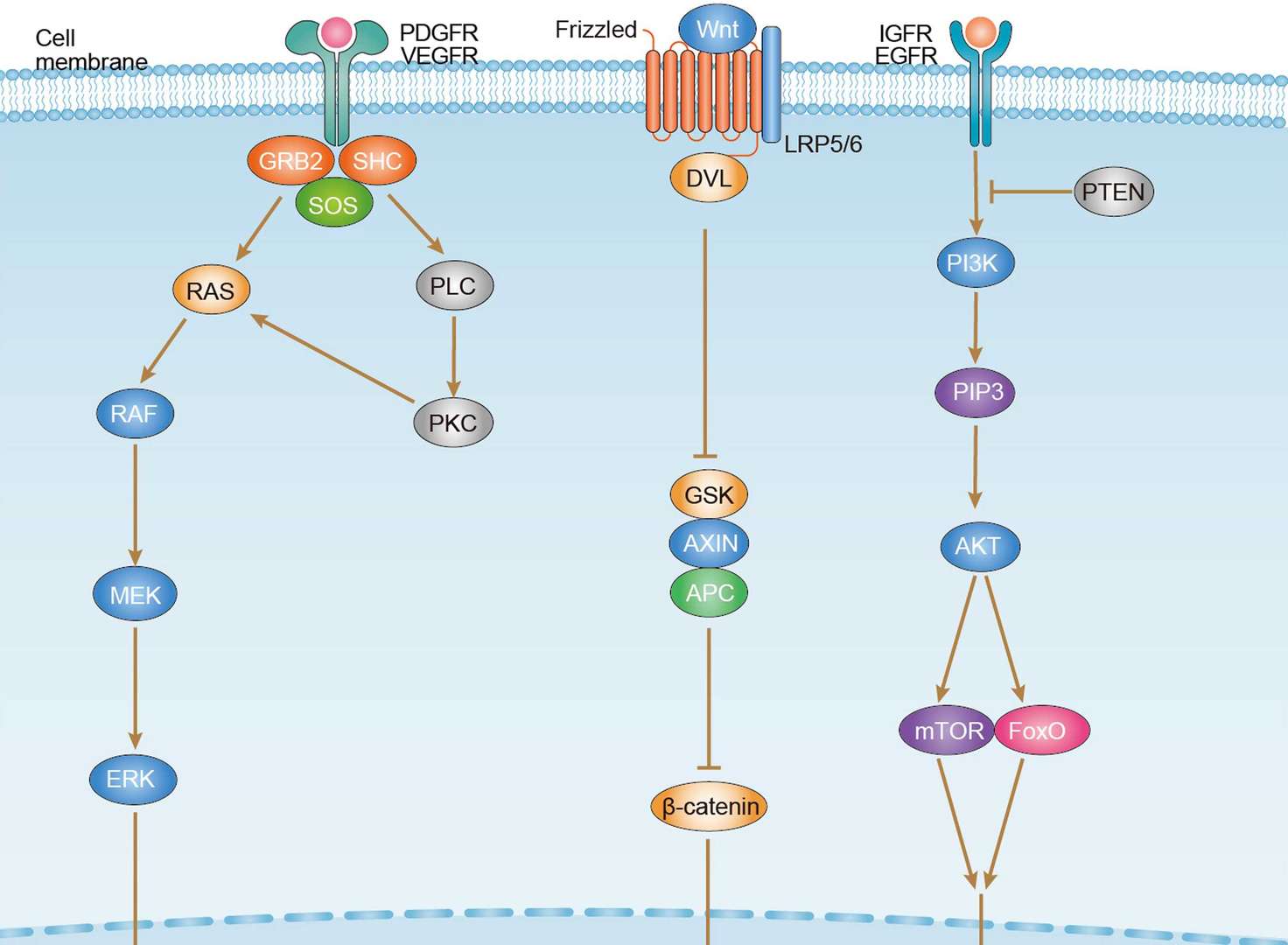 Hepatocellular Carcinoma
Hepatocellular Carcinoma